Life lessons of a Dry Season | Karamoja, Uganda
- Lior Sperandeo
- Jan 25, 2021
- 3 min read
People all over the world have compared the year 2020 to a terrible storm. But was it really a storm, or was it actually a drought?

Human emotions are often attributed to aspects of nature such as the weather to reflect a person's mood. For instance, dark clouds and rain are often used to present feelings of sadness and sorrow.
With that in mind, 2020 was an arid year creatively for me, not a storm.
As a freelance photographer who moves a lot, I got stuck. I lost work and income. More than that, I lost a sense of freedom and movement that is an integral part of who I am.
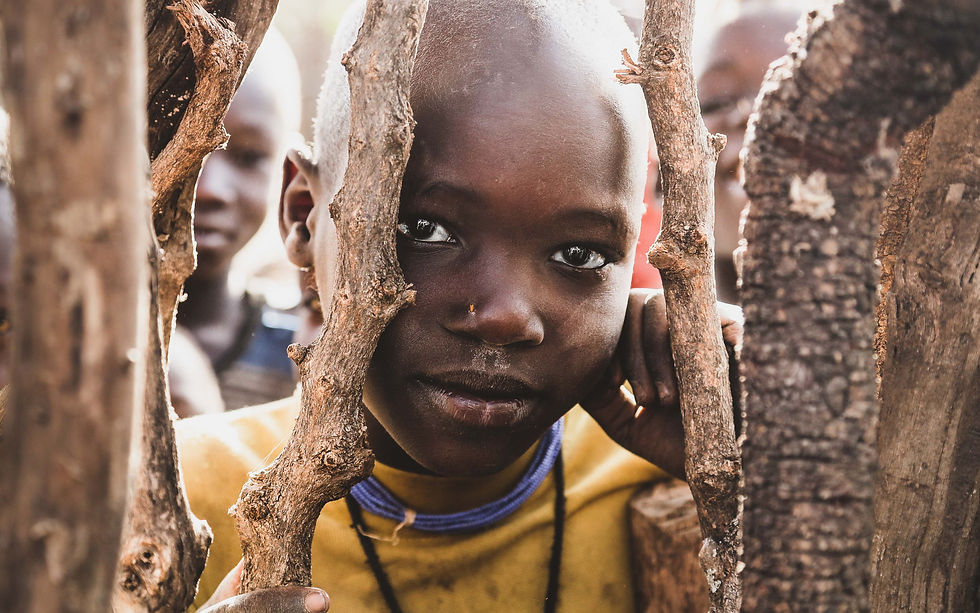
My latest trip to Karamoja, Uganda, came after months of extended lockdown and frustration. It was there where I moved from my creative drought to a real one;
arriving just in time for the preparation of their intense dry season.
Unlike the rest of Uganda, Karamoja only has one dry and one wet season.
In recent years, climate change has upset the balance of these seasons. On one hand, the dry period is now lengthy bringing the locals into a period of extreme uncertainty. On the other hand, the wet season too is extended causing flooding of the fields and drowning the promise of fresh yield.
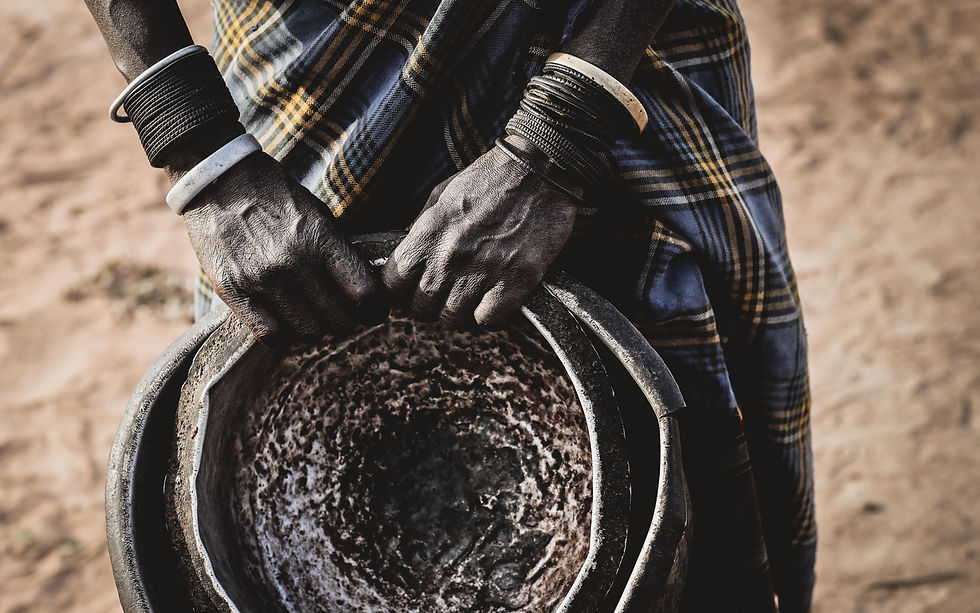
Without electricity or water, the people of rural Karamoja fight nature's forces with unbelievable bravery and resilience. But to do so, they must be prepared.
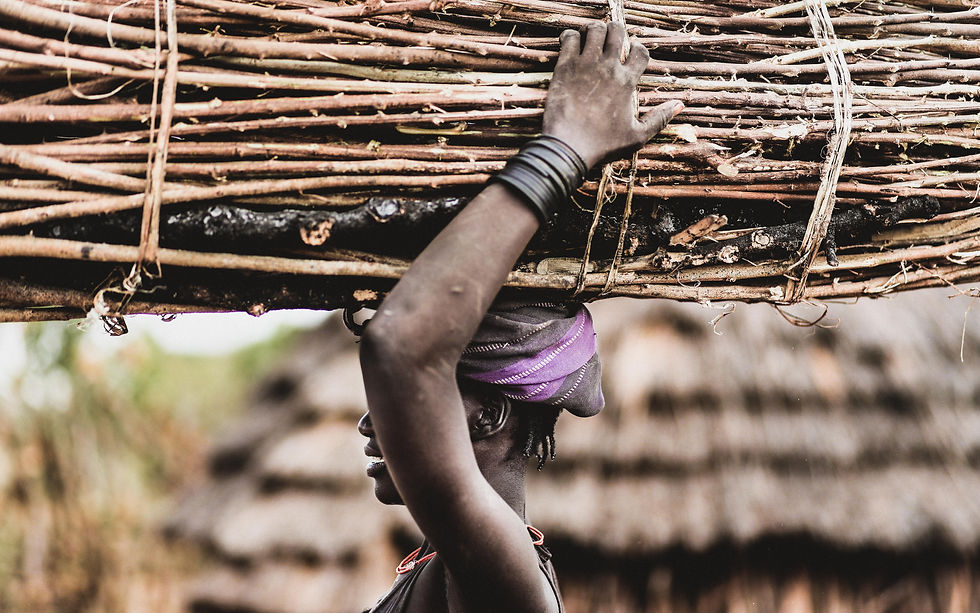
Adeka, a pregnant mother of two from Nakobekobe village is busy making sorghum flour together with her neighbours. It is her go to grain. Sorghum originated in Africa and has uniquely adapted to the continent's climate, being both drought resistant and able to withstand periods of water-logging.
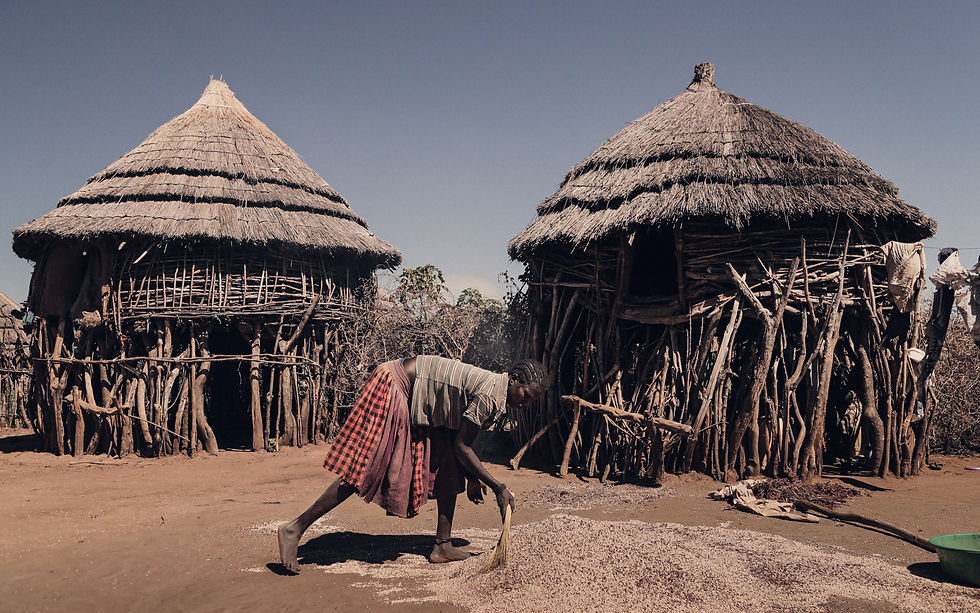
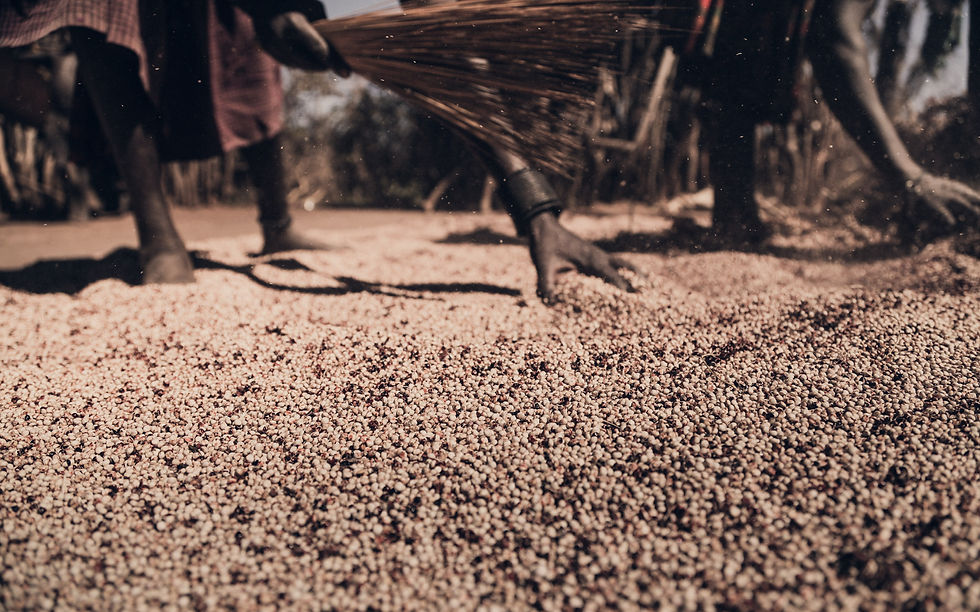
Adeka pounds, divides, crushes and stores the sorghum powder from which she will prepare food for herself and her family. After crushing the sorghum, she begins winnowing – relying on the wind to separate the grain from the chaff. The warm breeze blows away the lighter chaff while the heavier grain falls down to ground to be picked up again after the process is finished.

On the other side of the village I meet Makiki, who has brought sunflower seeds back from the field. She pours them into an empty jerry can for her younger sister to store them away in a designated lifted hut that keeps food off the ground away from mice and snakes.
It quickly becomes apparent that preparation for the dry season is a long, manual and tiring process that requires many hands.
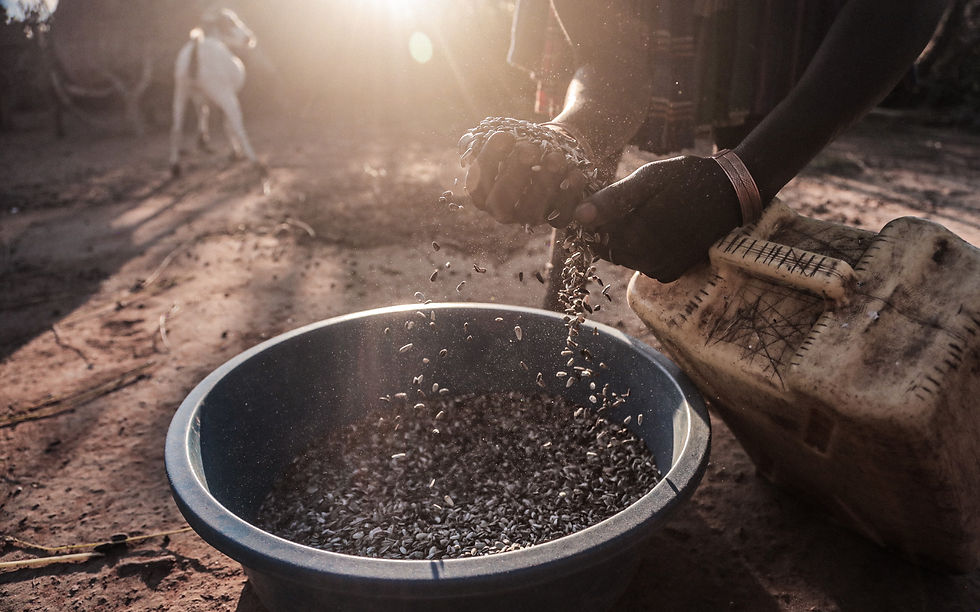
Karamoja is a region I often return to and I recognise these processes from previous trips. But this time, they have taken on a new meaning, raising significant questions of myself.
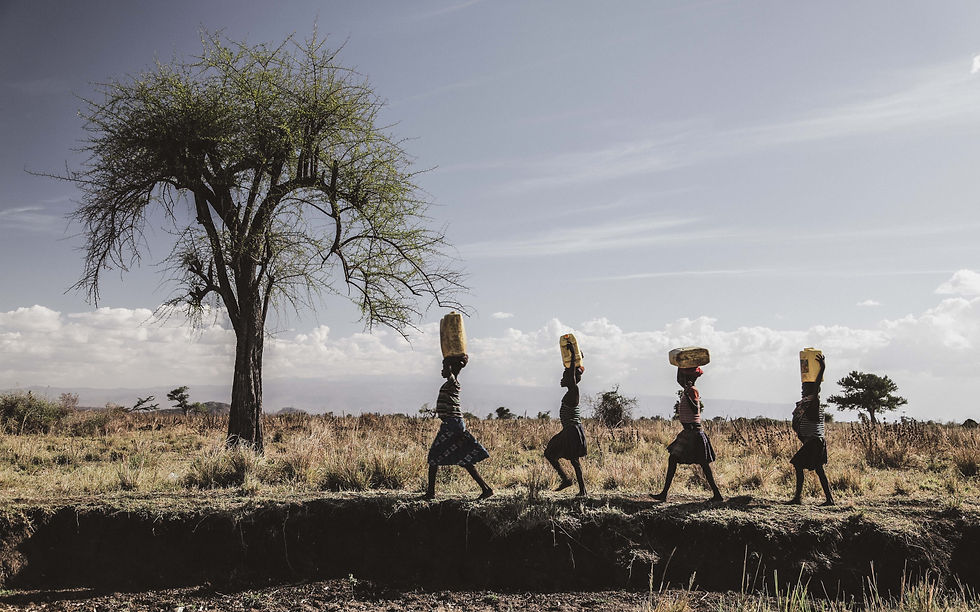
Was I investing enough time in preparing for the hardships 2020 brought with it?
Was I winnowing the information I consume enough?
Was I storing enough – resources, resilience, mental strength – to help me get through a difficult season?
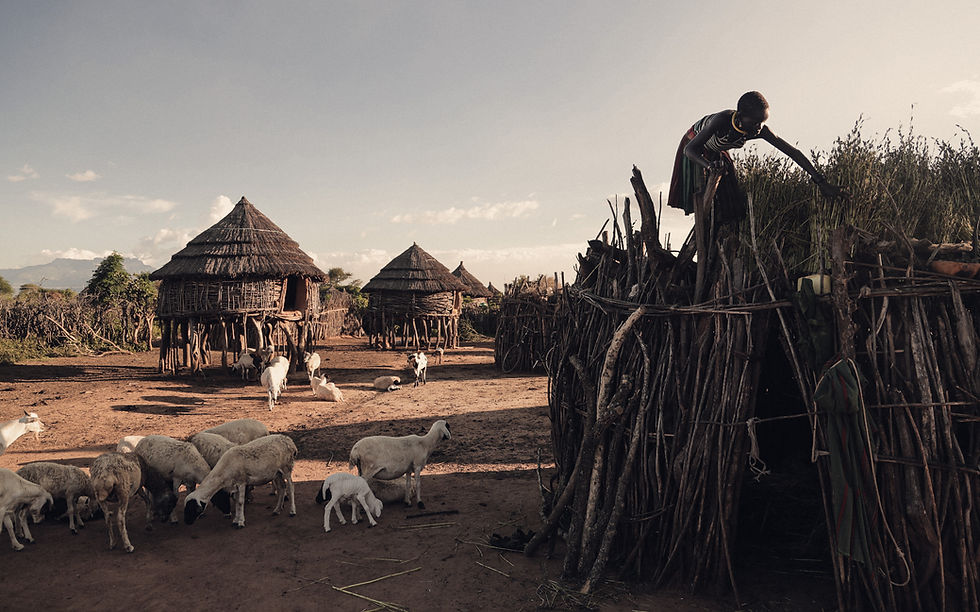
Whether I compare the last 12 months to a storm or a drought, it doesn't matter.
I will never be able to compare my difficult times to the lives of those I photograph.
But I always value learning from their adaptability and strength.
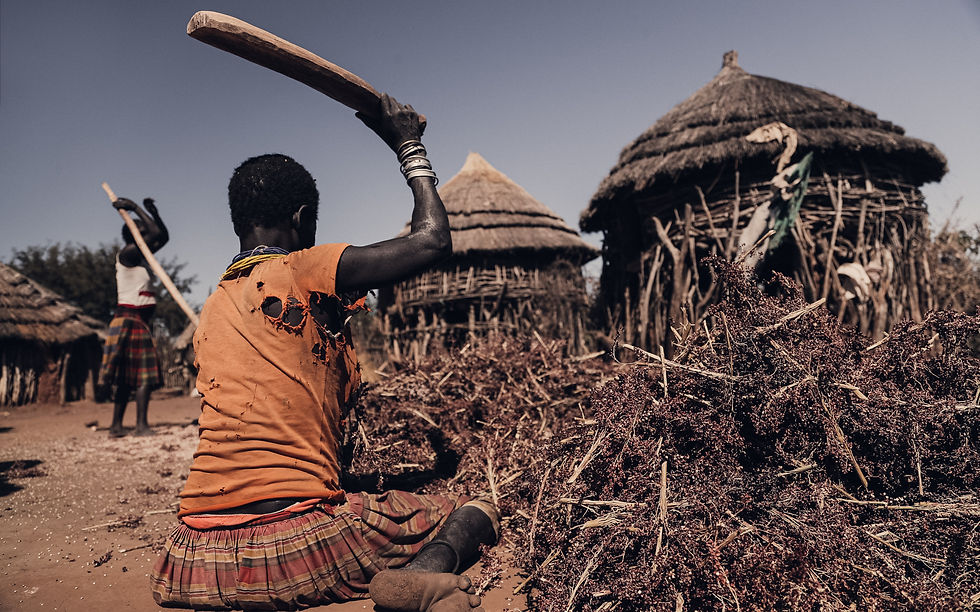
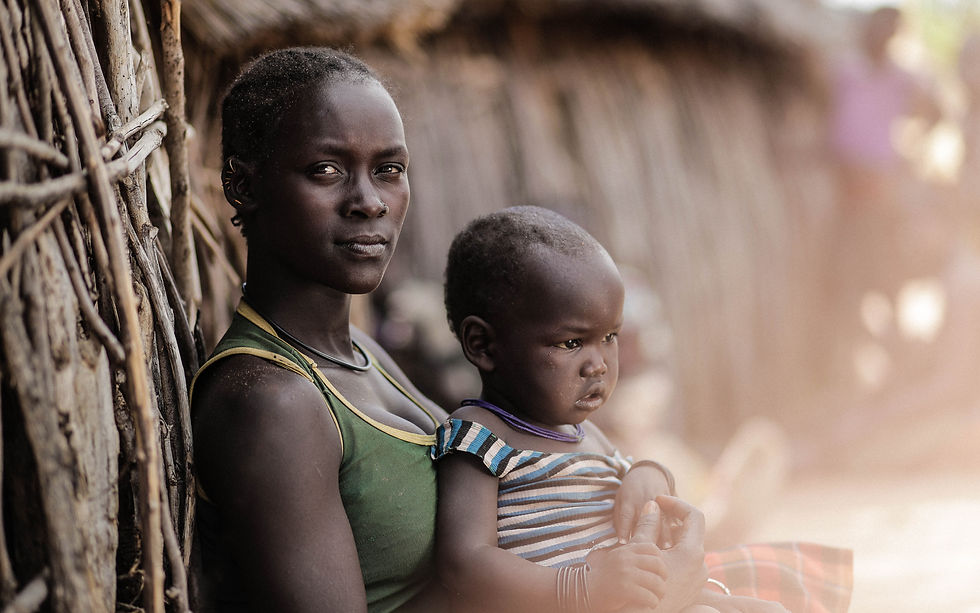
No matter how many times I come back here, I always leave with fresh perspectives that continues to impact and influence my own journey through life.
Wanna Join me?
In June, I will be back in Karamoja.
This time, I want to extend an invitation for you to join me!
Built around the theme of water, I’ve prepared a travel itinerary that will take us off the tourist trail and into the heart of rural Karamoja. We will come face to face with the water crisis and learn how we can use our cameras to to make a change.
Come taste, meet and learn about the importance of photography, storytelling and the fine balance between observation and action.
If you’re interested and want to hear more details and costs, contact me today.
Lior.peopleof@gmail.com
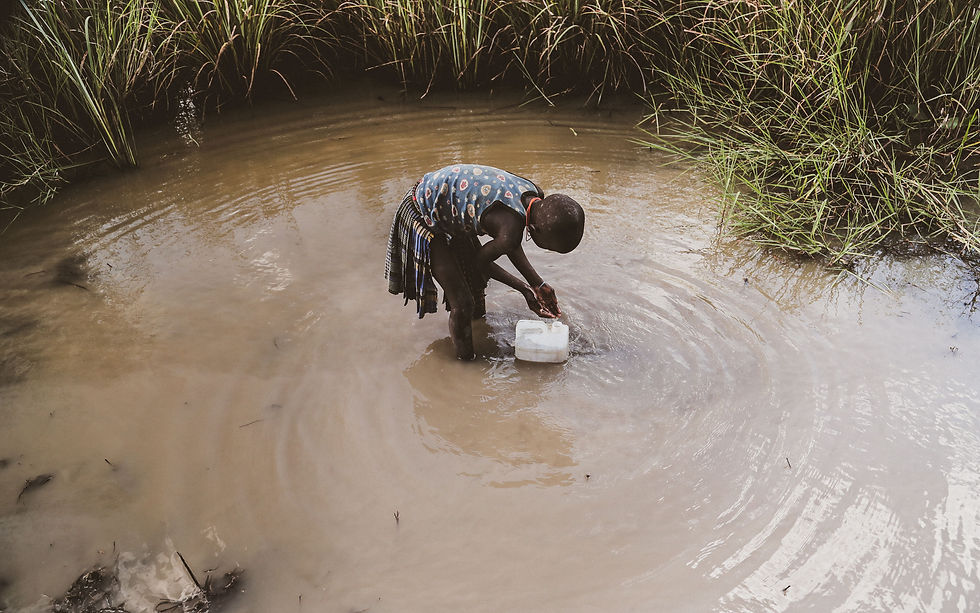
Comentários